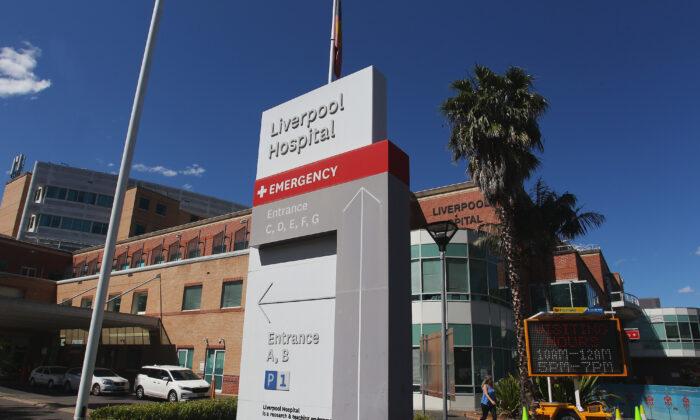This comes after a 75 percent cap on overnight non-urgent elective surgery had been in place in response to the outbreak of the delta variant of the CCP virus.
NSW Health said the cap has been removed as a result of high vaccination rates and stable levels of community transmission.
NSW AMA president Danielle McMullen told 2GB Radio on Monday that the hospitals in the Greater Sydney area can now deal with the backlog of patients brought about by months of restrictions.
“The easing of these caps means hospitals and other health services can arrange their catch up work and their usual non-COVID work ... and be able to participate in as much elective surgery as they can,” she said.
In regional and rural NSW, non-urgent elective surgery had basically continued as normal, except for areas where local outbreaks occurred. In these cases, temporary restrictions were put in place.
National Plan to Tackle Diabetes
Meanwhile, the Minister for Health and Aged Care Greg Hunt on Sunday released a new national plan for addressing Australia’s diabetes crisis, with Nov. 14 marking World Diabetes Day and the 100th anniversary of the discovery of insulin.Diabetes is a chronic condition in which a person is either unable to produce enough insulin or their cells don’t respond adequately to the insulin being produced. This results in high blood glucose levels, which can lead to serious complications, including heart disease, stroke, eye disease, kidney disease, and nerve damage.
He pointed out that 120,000 Australians have been diagnosed with diabetes in the past year, with over 17,000 deaths resulting from the disease in the same period. In addition, there are currently over 1.4 million Australians living with known, diagnosed diabetes, and an estimated 500,000 with silent, undiagnosed type-2 diabetes.
Johnson highlighted the fact that diabetes impacted the vast majority of Australian families in some way and welcomed the new strategy.
“In particular, we are pleased the new Strategy highlights key issues that require special attention including diabetes in aged care, prevention of type 2 diabetes, and diabetes in First Nations communities,” he said.





